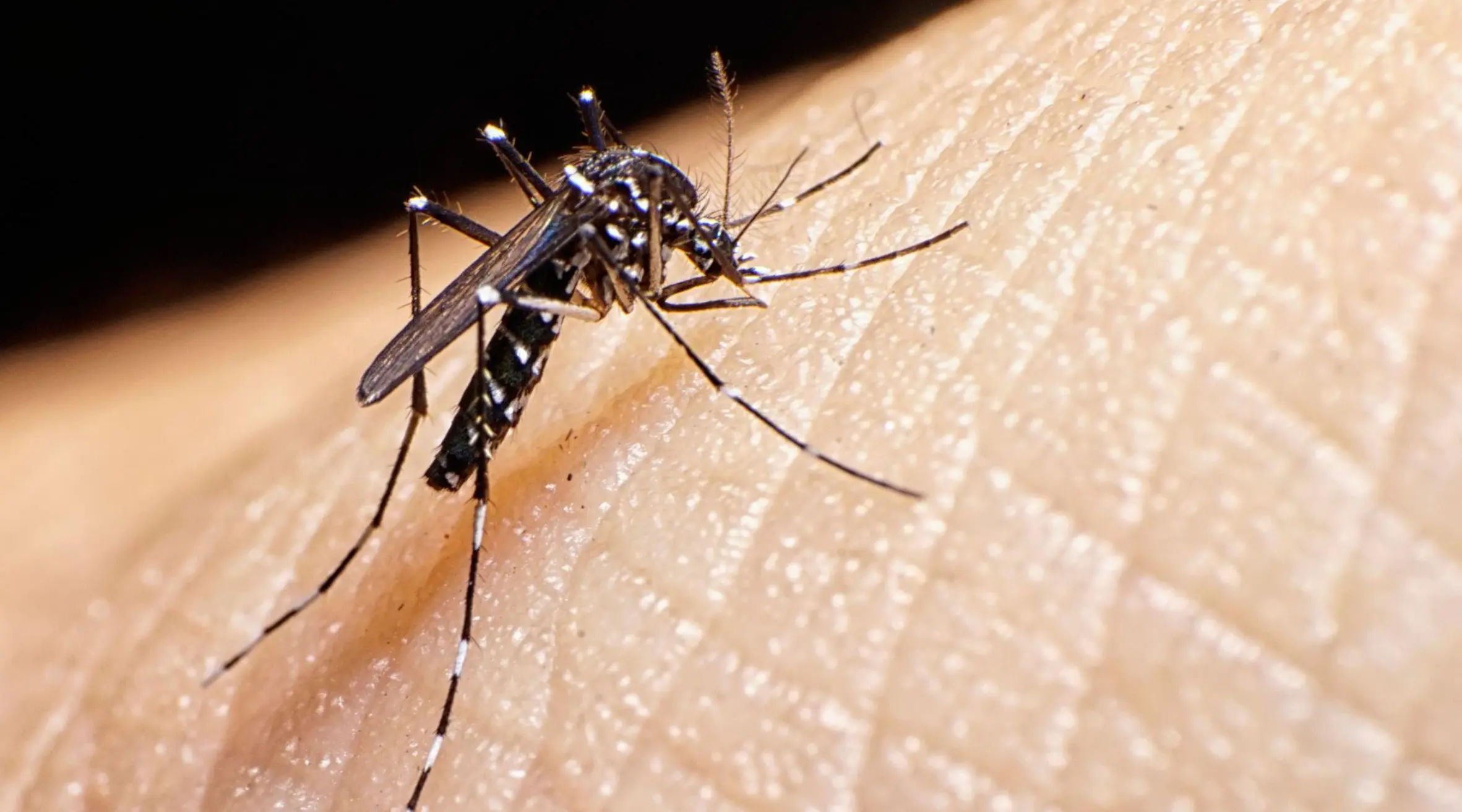Brussels (Brussels Morning) – The tiger mosquito is spreading in Belgium, appearing earlier this year in new locations like Saint-Josse-ten-Noode and Verviers. Authorities are monitoring and addressing the outbreak to prevent potential health risks.
It has come to light that the tiger mosquito is growing in prevalence across Belgium, having already been stained in three separate locations in May and June – which is earlier than last year.
How is Belgium responding to the tiger mosquito outbreak?
The Nature and Forestry Agency is responsible for addressing this outbreak and has implemented steps. More than 600 sightings have been reported via MuggenSurveillance.be, a platform that permits citizens to upload images if they think they’ve spotted a tiger mosquito.
Why are tiger mosquitoes a concern in Belgium?
Research by the Institute of Tropical Medicine (ITG) and health service Sciensano disclosed three confirmed samples of a tiger mosquito. “Last year, the first tiger mosquito was spotted in mid-July. The insects can travel with returning holidaymakers, so the ascendance continues,” described Marie Hermy, a researcher at Sciensano.
Of the three verified sightings this year, two were in entirely new locations: one in the Brussels municipality of Saint-Josse-ten-Noode and the other in Verviers, Liège. Leuven also had a sighting, replicating last year’s occurrence. In 2023, a total of 18 sites reported positive findings via the reporting centre.
Upon positive findings, ITG representatives see the site and search for mosquitoes within a 100-metre radius. In Flanders, the Nature and Forestry Agency assumes responsibility for eradication, operating with external partner Rentokil. Tiger mosquitoes breed in small, stagnant pools of water, like those in flower pots or car tyres, but not in wild-standing water such as ponds.
What are the characteristics of the tiger mosquito?
Aedes albopictus, from the mosquito family, also named the tiger mosquito or forest mosquito, is a mosquito resident to the tropical and subtropical regions of Southeast Asia. In the past few centuries, however, this species has extended to many countries through the transportation of goods and international travel.
What diseases can tiger mosquitoes transmit?
Tiger mosquitoes are understood to transmit viruses such as dengue, chikungunya and Zika. To date, there have been no general cases of virus transmission via mosquito bite within Belgium. However, a powerful dengue epidemic is currently impacting South America, which according to Sciensano, has resulted in a raised number of Belgians returning home unwell from holiday compared to last year.
Grown-ups of this mosquito have black bodies with prominent white stripes. A typical single white stripe varies the length of the back. Body length is around 0.5 centimetres. Distinct silver-white bands are apparent on the palpus and tarsi. Eggs are around 0.1 centimetres in size and dark brown to black. Eggs are laid in wet areas just above the water cover and are capable of overwintering. Eggs hatch upon inundation and adolescent stages (larvae and pupae) of the life cycle happen in water. Larvae are filter branches and occur in standing water located in discarded tyres, little containers and tree holes. Pupae are comma-shaped and dark brown.



